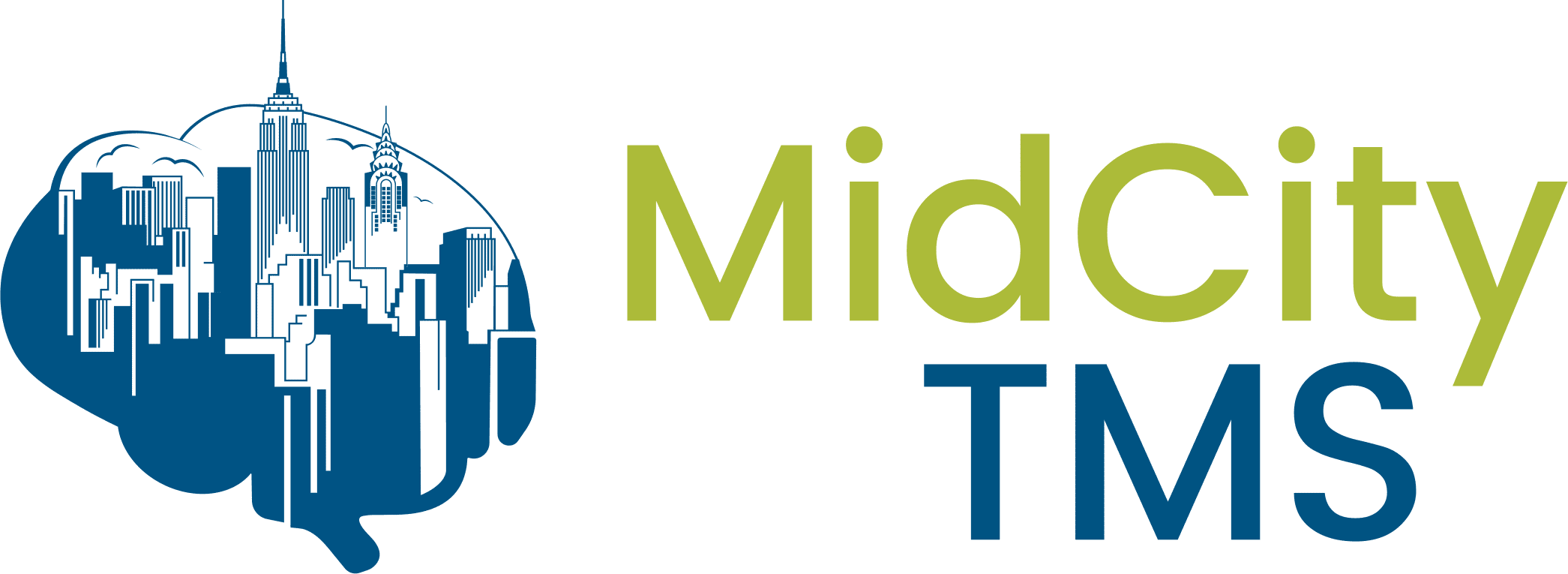Everyone worries sometimes. We live in a demanding world, and occasional stress is normal. But if your anxiety is acute, prolonged, or interferes with your daily life, you may be struggling with Generalized Anxiety Disorder (GAD).
Generalized Anxiety affects people of all ages and from all walks of life. Symptoms of Generalized Anxiety Disorder can be both physical and psychological.
Physical symptoms, which indicate hyperarousal, may include headaches, dizziness, shortness of breath, tension, muscle aches, palpitations, insomnia, extreme sweating, trembling, gastroenterological distress, and more.
Psychologically, you may experience dread, worry, irritability, restlessness, difficulty regulating emotions, inability to concentrate, or a sensation of being constantly on edge.
A variety of treatment modalities exist to address Generalized Anxiety Disorder, including Transcranial Magnetic Stimulation (TMS).
TMS is a safe, noninvasive procedure that has been in use since 1985 and was approved by the Food and Drug Administration (FDA) in 2008. It has been clinically proven to be an effective treatment for depression. But what does science say about the efficacy of TMS as a treatment for anxiety? Let’s take a look.
How Generalized Anxiety Manifests In The Brain
Generalized Anxiety Disorder is marked by irregularities within the frontal and limbic structures of the brain, as well as abnormalities in how these areas relate to and interact with one another. Both of these areas, among others, are heavily implicated in regulating the neurochemical processes that affect anxiety.
Important parts of the limbic structure involved in the production and regulation of anxiety include the amygdala, which is the emotional center of the brain, as well as the thalamus and hypothalamus, which are involved in changes in emotional reactivity.
In the frontal structure of the brain, the dorsolateral prefrontal cortex (DPFLC) is responsible for maintaining task goals and working with other parts of the brain in order to orchestrate goal attainment.
The anticipation of negative outcomes also involves a neural network that implicates these two areas.
Neuroimaging suggests that in individuals with Generalized Anxiety Disorder, the biological mechanisms that regulate emotions don’t work the way they should. When both anxious and nonanxious people begin to worry, the prefrontal cortex shows increased activation and the amygdala shows a decrease in activation. Patients with Generalized Anxiety Disorder, however, are unable to rebalance this shift in neural activity, which can negatively impact emotional regulation and result in anxiety.
How Can TMS for Anxiety Help?
Studies have demonstrated that participants receiving TMS treatment showed a clinically significant decrease in measurable anxiety symptoms, as well as improvements in emotional regulation, particularly around goal-directed behaviors and impulse control.
TMS therapy can successfully target specific regions like the prefrontal cortex that are responsible for regulating anxiety. The function of these areas can improve with stimulation, making them better able to regulate anxiety. TMS will also benefit the cortical and subcortical regions of the brain that the targeted area interacts with, improving functionality and communication within fronto-limbic networks.
What To Expect During TMS Treatment
TMS involves placing a coil near your head during brief outpatient procedures. The coil is a magnetic field generator that uses highly focused magnetic pulses to stimulate targeted areas of your brain where hyperactivity or low activity triggers anxiety. Although you will not feel the small electric currents that the coil creates, these currents activate neurons and enhance brain function.
Typically, patients attend five 20 to 40-minute sessions per week for five to six weeks. You will be able to travel to and from these sessions independently and resume your usual activities immediately afterwards. The procedure is non-invasive and you will remain awake during the session.
With TMS, our patients experience:
- Better overall mood
- Improved energy
- Increased ability to concentrate
- Reduced anxiety
- Increased motivation
- Greater interest in activities
- Normalized sleep and appetite
If you are struggling with symptoms of Generalized Anxiety Disorder, TMS can be a low-risk, highly effective method of treatment.
Learn More – Contact Us Today
For additional information about TMS, feel free to review our frequently asked questions and browse the rest of our blog.
To receive a comprehensive consultation, you can reach out to us by phone at 212-517-1867. Our Patient Care Coordinators will be happy to assist as you decide how to best move forward in your treatment. We’re ready to help you feel better.





